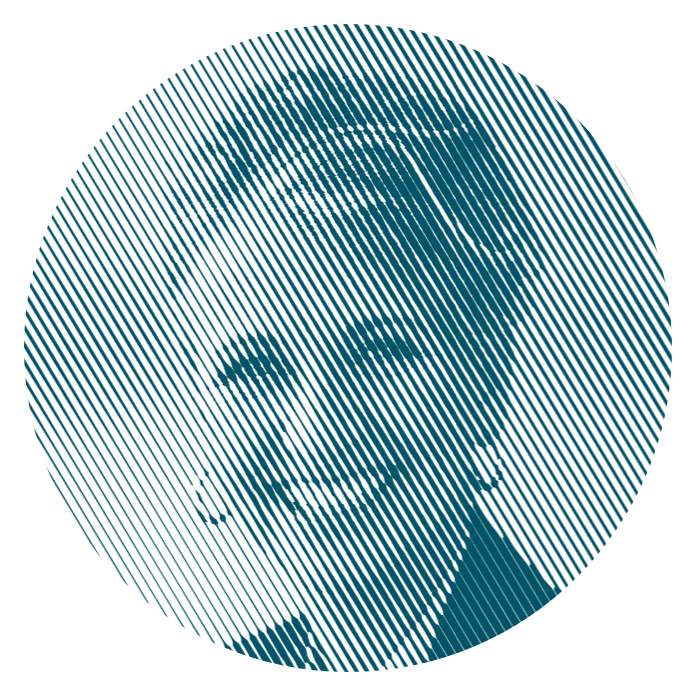Though organizations may put in formal processes to drive inclusion, the catalyst for this cultural shift comes from leaders who choose to be inclusive and become multipliers of inclusion. By providing an inclusive and psychologically safe space, leaders create the conditions for more employee benefits (psychological safety is when employees know there is safety when taking risks in a business setting (Javed et al., 2019)). When employees trust their leadership, they are more willing to voice their opinion.
We propose to become a more inclusive leader by utilizing the CCDI’s House of Inclusive Leadership framework. The framework consists of four dimensions that allow leaders to understand the steps to become inclusive. These are: 1. Become Informed 2. Gain Insight 3. Mitigate Issues 4. Create Inspiration.
Become Informed
An inclusive leader values their employees. This value is derived from an understanding of individual employees and what those individuals may experience in professional and personal settings. It is essential to become more informed on past and present systemic and institutional injustices to create a better future for all.
Read and educate yourself
The key is yourself. Being an inclusive leader means taking the initiative to learn more on your own. Read literature written (or other media created) from the perspective of people from marginalized groups. Reading these perspectives allows empathetic employers to understand a topic’s history and context better without putting the burden on employees to educate their leadership about embodied experiences.
- Read a book (and reflect on it!) such as So You Want to Talk About Race by Ijeoma Oluo (a Black woman with the lived experience and expertise to discuss racism).
- Podcasts such as #Our_racism allow leaders to hear directly from diverse voices without pressuring their employees to share experiences.
Gain Insight
In knowing the experiences faced by their employees, inclusive leaders gain fundamental insights into the experiences in their team and potential issues in the workplace. To gain insight, leaders need to become active listeners. Yet, upon listening to their employees, how may leaders best communicate their understanding, so employees know they are valued?
Listen to lived experiences
Personal stories allow leaders who actively listen to gain insight and better empathize with employees from underrepresented groups.
- Build trust with your employees to create a comfortable climate where they are willing to share experiences. Actively listen to these stories and take in the words without looking to respond immediately.
A company where listening is crucial to the success of their gender equality agenda is MSD. “Listening circles” have been established across hierarchies and divisions to really hear what employees need to feel fulfilled in their careers. For inspiration click here.
- Be patient and respectful as employees share their experiences, especially when these experiences deal with past trauma. Provide safe spaces where employees can volunteer their stories, such as reverse mentorship or ERG meetings.
Practice nonviolent communication
Nonviolent communication assumes that all of us as individuals are inherently nonviolent and can communicate as such (Rosenberg, 1999). This type of communication is incredibly helpful in gaining insight into employees’ lives because it allows them to express a need and find a solution to that need.
- When an employee experiences or is involved in a conflict or issue, keep an objective view rather than draw conclusions about who is at fault.
- When speaking with the employee about the situation, be mindful of how the employee may feel. This does not need to be a complicated question – a simple “How are you feeling about what happened?” may suffice.
- Listen and recognize which employee needs may not be met, given the situation.
Mitigate Issues
Listening and talking aren’t enough – action is needed. After gaining insight into the lives of marginalized team members, mitigate the specific issues they may face. Mitigating these issues requires persistent action to achieve long-term cultural change.
Address your and your employees’ unconscious biases
Unconscious biases are often seen in the stereotypes people have about others who are either similar or dissimilar to themselves or in the stereotypes people have about groups of people (Sander et al., 2020). These biases can then manifest through discrimination in many ways.
- Before responding to someone from an underrepresented group, take the time to pause and reflect to see if your words or decisions may be coming from a biased perspective. Ask yourself, “If the person in that situation was switched with someone of a different gender or racial group, would the treatment be the same?”
Stop microaggressions when they manifest
An example of a microaggression is when a White woman clutches her purse tightly when a Black woman enters the elevator. The negative and incorrect stereotype the White woman has (that Black people are criminals) creates the microaggression. These types of actions come from unconscious biases and are displayed through subtle actions.
- While simultaneously working on their unconscious biases, leaders need to recognize (in themselves and employees) microaggressions and train themselves and their team members to stop them.
Don’t gaslight
Gaslighting often occurs when a person or the validity of their experience is questioned in a way that creates doubt in their reality (Abramson, 2014). A typical example of gaslighting in organizations is the question, “Are you really sure?” However, another question that gaslights people of color, yet may be initially seen as innocent, is “Where are you originally from?” This statement questions the person’s “Swissness,” making them question their level of belonging and inclusion.
- Let all employees know that claims of discrimination will be taken seriously and seen as valid.
- Empathize with victims of gaslighting, as without empathy, you may fall prey to your privilege and end up gaslighting as well.
Be an inclusive reviewer
Word performance criteria and reviews in a way that emphasizes non-discrimination and encourages inclusion (encouraging good behavior). A positive example is, “Employee exceeds the standard by including voices of all team members during meetings” (i.e., fair treatment of everyone).
Create Inspiration
The final key to being an inclusive leader is to create inspiration and be a role model. This inspiration is done through two inclusive avenues, valuing the uniqueness of each employee, and fostering a sense of belonging (Shore et al., 2011).
Be an ally
Allyship is a phenomenal way to demonstrate care, concern, and value for employees. To be an ally means that a leader is using their position of privilege to be an advocate for employees of marginalized or underrepresented groups. A company which offers a best practice on allyship and how to engage men in gender equality is UBS, through their All Bar None Male Allies program. For inspiration click here.
- In team meetings, ask or direct questions to those from underrepresented groups to ensure they can share their perspective. Allies do not need to be the voice for these employees. Instead, they create the space to empower employees to speak for themselves.
- Be an ally by supporting company inclusion initiatives. For example, attend ERG meetings and events to listen to and show support for their employees.
Step up to sponsorship
Sponsorship is the next level of allyship. Sponsors not only open the door to opportunities for employees, but they also pull employees up to opportunities not previously afforded. By being an ally or sponsor, a leader can create a more inclusive environment.
-
As a sponsor, push for promotions. Recommend employees who have been traditionally overlooked for promotions and give those employees a voice where they may not have had one. A company who believes Sponsorship is the key to open the door to the next generation of female leaders is Bain & Company. For inspiration click here.





